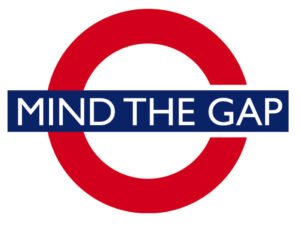Cognitive dissonance, a concept introduced by psychologist Leon Festinger in 1957, describes the mental discomfort people experience when they hold conflicting beliefs, values, or attitudes. This discomfort often leads individuals to seek resolution by changing their beliefs or justifying their actions. But why is cognitive dissonance so significant in the realm of business and marketing?
What is Cognitive Dissonance?
At its core, cognitive dissonance occurs when there’s a clash between a person’s beliefs and their actions or experiences. Imagine a health-conscious individual who indulges in junk food—this creates a tension that needs resolving. In marketing, understanding this psychological phenomenon is vital because it directly impacts how consumers perceive products, react to advertising, and engage with brands.
The Role of Cognitive Dissonance in Marketing
For marketers, it’s essential to recognize that consumers naturally strive to avoid discomfort. They seek harmony between their actions (like making a purchase) and their beliefs (such as valuing quality or sustainability). Cognitive dissonance can rear its head in various forms, such as post-purchase regret or confusion due to mixed product messages. When consumers experience this discomfort, they may return products, search for validation through reviews, or rationalize their decisions.
Strategies to Minimize Cognitive Dissonance in Marketing
- Clear and Consistent Messaging: Ensure that your brand’s messaging is uniform across all channels. Consistency builds trust and helps reassure consumers that their choices align with their values.
- Post-Purchase Reassurance: Offer support after a sale, such as through tutorials, tips, or customer service, to mitigate buyer’s remorse and strengthen their confidence in their purchase.
- Social Proof: Leverage testimonials and positive reviews to provide consumers with the reassurance that others have had satisfying experiences with your product.
- Flexible Return Policies: Implementing hassle-free return options can significantly reduce the fear of making a wrong decision, thereby encouraging more confident purchasing behavior.
- Align with Customer Values: Brands that clearly demonstrate shared values—whether in areas like sustainability, ethics, or community involvement—help customers feel good about their purchase, reducing potential dissonance.
Real-World Examples of Cognitive Dissonance in Action
Apple
Apple masterfully reduces cognitive dissonance through consistent messaging centered around innovation and design excellence. The brand’s follow-up support and robust community also play crucial roles in alleviating concerns, especially for those paying a premium for Apple products.
Zappos
Zappos’ industry-leading 365-day return policy is a textbook example of minimizing cognitive dissonance. This generous policy ensures that customers feel at ease with their purchases, knowing they have ample time to reconsider.
Applying Cognitive Dissonance to Strengthen Your Business
Rather than viewing cognitive dissonance as a threat, consider it a powerful tool to enhance customer satisfaction and loyalty. By maintaining clear and consistent messaging, offering thoughtful post-purchase support, and aligning your brand with the values of your audience, you can effectively minimize dissonance, build trust, and cultivate lasting customer relationships.
Understanding and addressing cognitive dissonance isn’t just about avoiding discomfort; it’s about strategically guiding your customers toward feeling confident and satisfied with their choices—ultimately driving your business forward.







































































